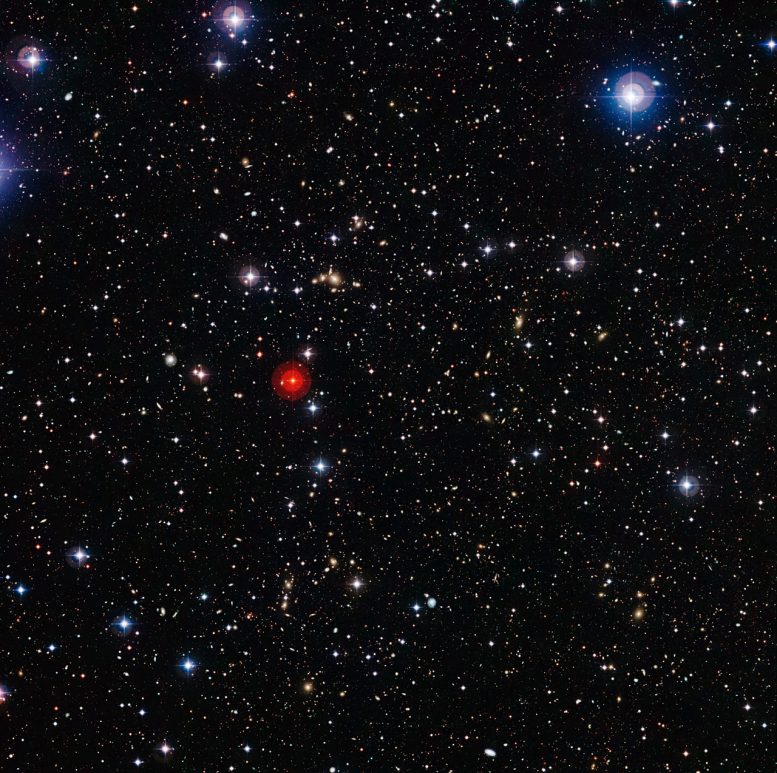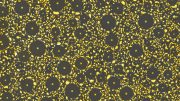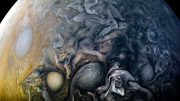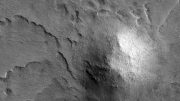
Tis image of the region around the Abell 901/902 supercluster of galaxies was taken by the Wide Field Imager (WFI) camera on the MPG/ESO 2.2-meter telescope, located at the La Silla Observatory in Chile. Credit: ESO/Digitized Sky Survey 2, Acknowledgment: Davide De Martin
This ESO picture of the week shows the region around the Abell 901/902 supercluster of galaxies. It was created from images forming part of the Digitized Sky Survey 2.
This deep-field image shows what is known as a supercluster of galaxies — a giant group of galaxy clusters which are themselves clustered together. This one, known as Abell 901/902, comprises three separate main clusters and a number of filaments of galaxies, typical of such super-structures. One cluster, Abell 901a, can be seen above and just to the right of the prominent red foreground star near the middle of the image. Another, Abell 901b, is further to the right of Abell 901a, and slightly lower. Finally, the cluster Abell 902 is directly below the red star, towards the bottom of the image.
The Abell 901/902 supercluster is located a little over two billion light-years from Earth, and contains hundreds of galaxies in a region about 16 million light-years across. For comparison, the Local Group of galaxies — which contains our Milky Way among more than 50 others — measures roughly ten million light-years across.
This image was taken by the Wide Field Imager (WFI) camera on the MPG/ESO 2.2-meter telescope, located at the La Silla Observatory in Chile. Using data from the WFI and from the NASA/ESA Hubble Space Telescope, in 2008 astronomers were able to precisely map the distribution of dark matter in the supercluster, showing that the clusters and individual galaxies which comprise the super-structure reside within vast clumps of dark matter. To do this, astronomers looked at how the light from 60,000 faraway galaxies located behind the supercluster was being distorted by the gravitational influence of the dark matter it contains, thus revealing its distribution. The mass of the four main dark matter clumps of Abell 901/902 is thought to be around ten trillion times that of the Sun.
The observations shown here are part of the COMBO-17 survey, a survey of the sky undertaken in 17 different optical filters using the WFI camera. The COMBO-17 project has so far found over 25,000 galaxies.









Be the first to comment on "The Abell 901/902 Supercluster of Galaxies"